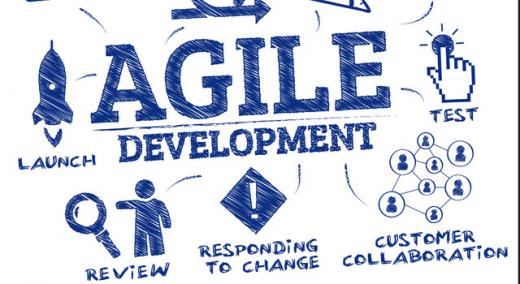If the last few years have taught us anything, it’s how quickly—and drastically—things can change in business. Indeed, organizations have been in an almost constant state of change through the ebbs and flows of the pandemic and its new work models, the fluctuating economy, and labor challenges pushing them to become more nimble.
|
ADVERTISEMENT |
Today, a company’s ability to execute and adapt to the landscape around it is arguably its core competitive advantage. In fact, research by global law firm Howard Kennedy found that 82 percent of businesses now consider agility important to their future, up from 66 percent before the pandemic. That’s also why we’re seeing more businesses recognize the need to be more responsive and agile.
…

Comments
Agile concepts can be applied to Lean Six Sigma as well
Over the last several years, many organizations have questioned the need for 10-20 day belt trainings. Instead, companies including Christus Health, Novartis, UL and Crayola have given presentations at quality conferences about how they've downsized their training to 1-2 days and are getting results by doing one day of training and one day of application.
I call this Agile Process Innovation. I've written a free ebook about how to do this. Download it at: https://www.qimacros.com/pdf/Agile-Process-Innovation.pdf
Farce
What a farce! Agile is a fad that evolved from the RAD and RIP software fads of the 80's. It has absolutely nothing to do with quality. It is simply another way for consultants to milk gullible clients.
Now that the Six Sigma Scam and Lean fads are failing, managers are looking for new magic bullets. Six Sigma has a 91% fail rate (Qualpro) and Lean has a 98% fail rate (IW).
There is only one approach to Quality and waste reduction ... that of Dr Shewhart, Professor Ishikawa, Professor Lewis, Professor Deming, Dr Taguchi and Dr Wheeler.
Add new comment